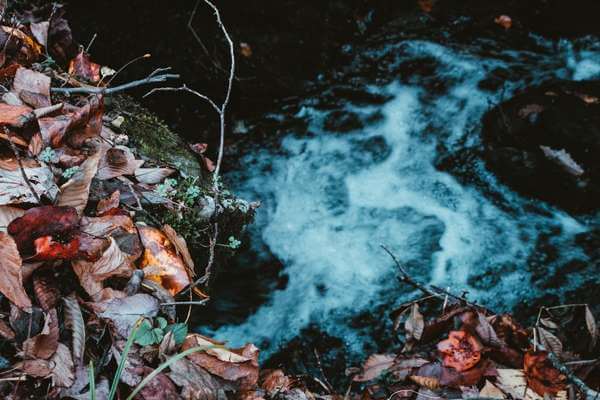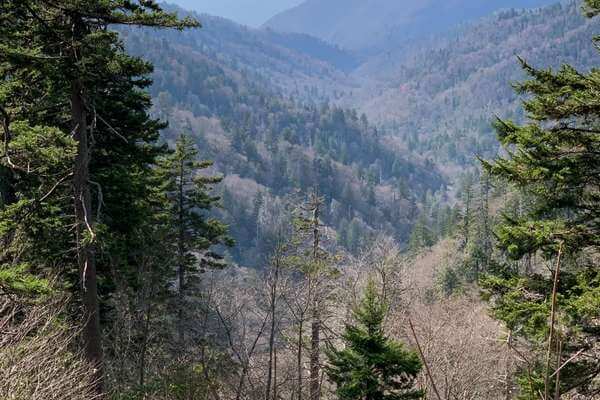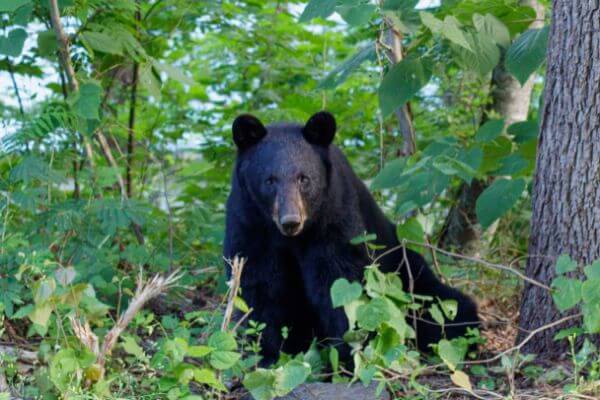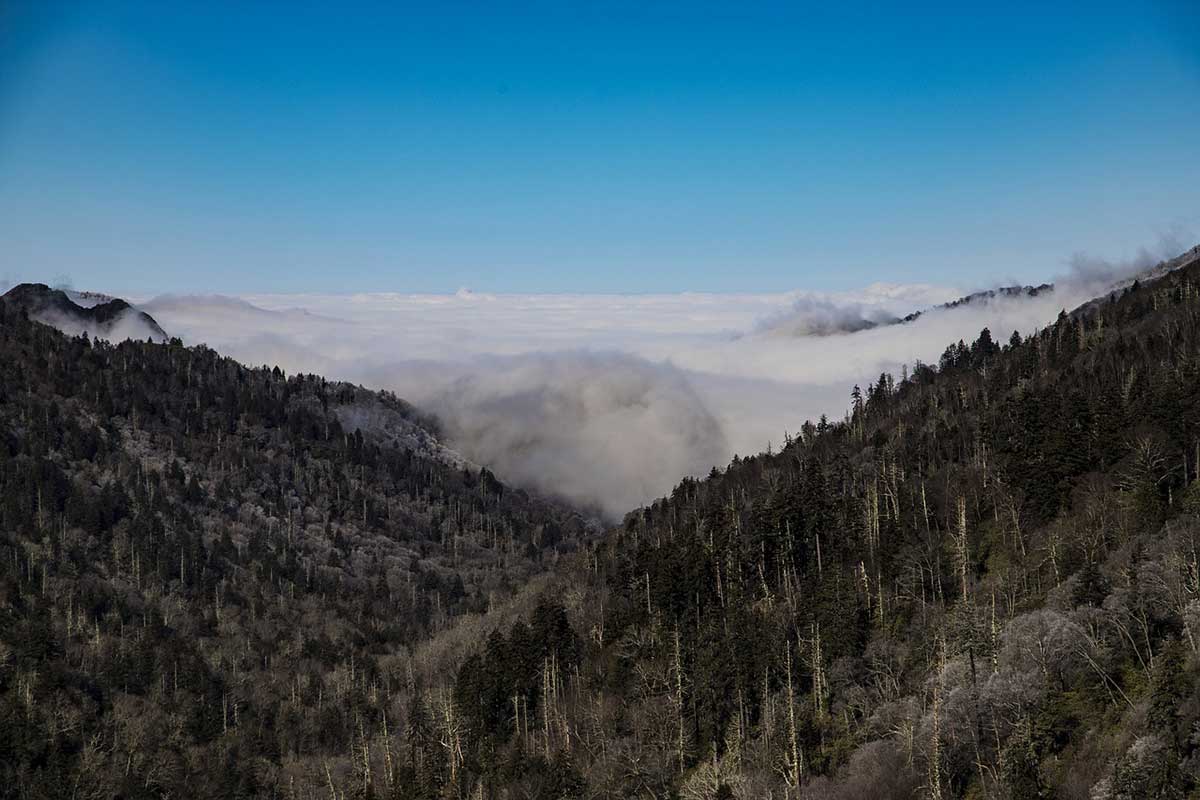The western side of the high Appalachian Mountains in western North Carolina and eastern Tennessee is known as the Great Smoky Mountains. These mountains have a mysterious and mystical appearance with the famous smoky haze surrounding them. So, what causes the smoke in the Great Smoky Mountains? And what other interesting facts are there about them? Let’s find out!
What causes the smoke in the Great Smoky Mountains?
The main cause for the “smokey” fog that surrounds the Smoky Mountains is the vegetation in the area. Plants will take in carbon dioxide and release both oxygen and volatile organic compounds (VOCs).
These chemical compounds have a high vapor pressure and will form fog in the right conditions. Therefore, the millions of plants on these mountains contribute to the haze that surrounds them.
Don’t worry, these compounds aren’t dangerous. Plants produce VOCs to repel pests, attract pollinators, or protect themselves against heat stress. If you’ve ever torn a leaf, you might sometimes see little drops appear around the leaf veins. The VOCs are present in these droplets.
Why are the Smoky Mountains blue?
The VOCs are also the reason why the Smoky Mountains have a blue tint to them. The molecules in these vapors scatter blue light from the sky, making the fog look blue. This occurs because blue light has a short wavelength and can be easily scattered by the tiny molecules of the VOCs.
In contrast, sulfate particles that are more typical in pollution fog are larger molecules and don’t scatter the wavelengths of blue light as well. That is why the fog created from sulfates, or pollution, is typically gray instead.
Is there pollution in the Smoky Mountains?

Yes, there is air pollution in the Smoky Mountains. Back in the 1940s, the area west of the Smoky Mountain National Park had various coal-burning power plants, factories, and pollution-causing vehicles. The winds carried pollutants, such as sulfates, into the mountain areas.
However, scientists estimate that today, around 80% of the fog is from VOCs, with no sulfates. The Environmental Protection Agency (EPA) and National Park Service are also committed to reducing air pollution in the area. Their goal is for all national parks to have natural haze by 2064.
Where can you see the Smoky Mountain Smoke?
You can see the famous smoke from almost everywhere in the park. It is most present early in the morning and on rainy days. When traveling towards the Newfound Gap, you’ll pass various overlooks that offer great views of the smokiness.
For a view of the fog from the highest point in the area, you’ll want to visit Clingmans Dome. It stands 6,643 feet high and offers breathtaking mountain views.
What are some interesting facts about the Great Smoky Mountains?

Besides the fact, that the smoke is not actually smoke, but fog caused by plants, the Great Smoky Mountains is far and away from the most visited national park in the U.S. In 2019 there were over 12.5 million visitors.
Another fun fact about the Great Smoky Mountains is the first settler was Martha Jane Huskey Ogle, who moved there after her husband William Ogle built the first home in the area.
The park is also the largest eastern U.S. protected area for wild black bears. Around 1,500 black bears live in the mountains. Additionally, it is considered the unofficial “salamander capital of the world” since over 30 different salamander species can be found there.
What are the Great Smoky Mountains known for?

Besides the “smoke” that gives it its name, the Great Smoky Mountains National Park is popular for plenty of other reasons. The park is famous for the diversity of its wildflowers and is a popular destination to view wildlife, such as coyotes, white-tailed deer, and black bears.
There are over 800 miles of hiking trails, including 71 miles of the famous Appalachian Trail. You can also hike to one of the 100 or more waterfalls and cascades or do water sports in the lake along the park’s border.
These mountains are also among the oldest in the world, having been around for 200 to 300 million years. A third of the trees in the area are also over 100 years old.
What are the Smoky Mountains made of?
The majority of the rocks forming the Great Smoky Mountains are sedimentary. They are formed from an accumulation of sand, clay, silt, and gravel. The age of the mountain is determined by analyzing the amount of weathering the rocks have experienced.
You can also see evidence of how the rocks transformed over time, such as when shale became slate and sandstone became meta-sandstone.
Conclusion
So, what causes the smoke in the Great Smoky Mountains? The “smoke” surrounding the Great Smoky Mountains is mostly caused by natural volatile organic compounds (VOCs) from plants that also give it a blue tint.
While there is pollution in the area, the situation has improved significantly over the years and should continue to get better. On top of visiting the Great Smoky Mountains to witness the blue fog, there are also plenty of other natural sights and outdoor adventures to experience there as well.
